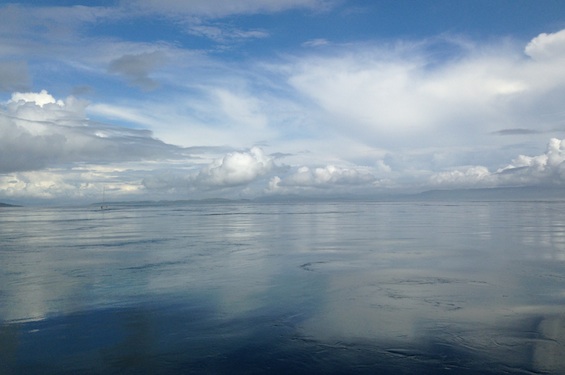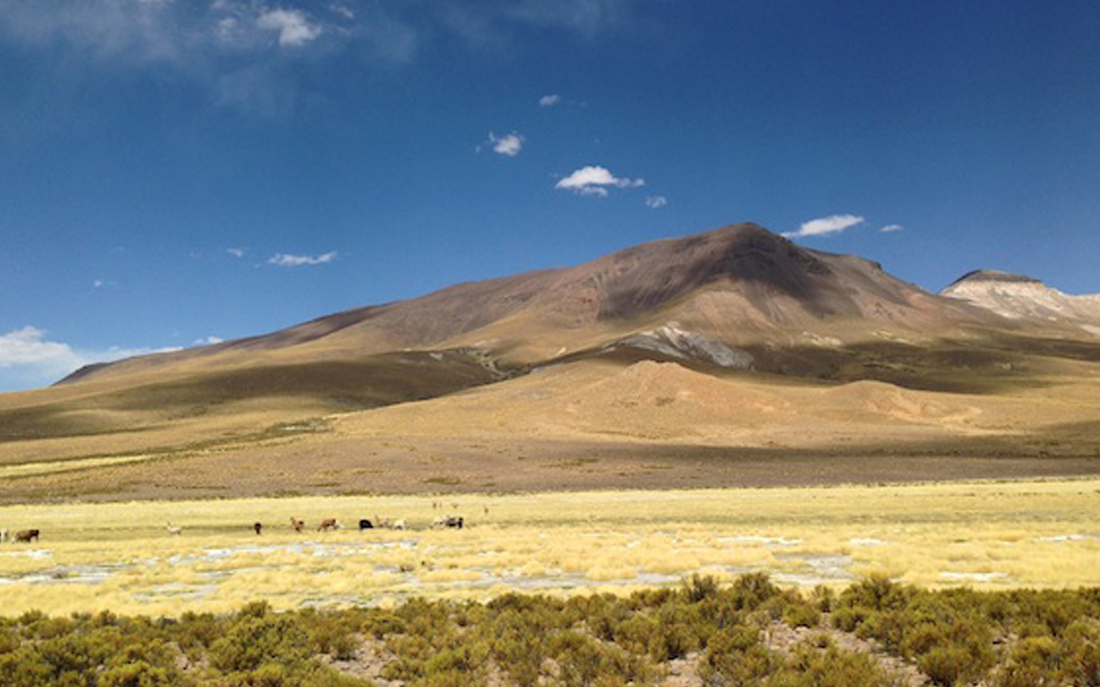Earlier this summer I had the honour and delight to be part of a group of designers, artists, scientists and journalists on an expedition entitled What Has To Be Done? to the Scottish Western Isles on a wonderful tall ship The Lady of Avenel. The trip was inspired by a journey made by Joseph Beuys three decades before to the same islands – and like Beuys our intention was to both encounter and evolve a response to the epic story of our times: the interdependencies of sustainability.
The voyage was for me a therapeutic immersion in Nature. And if we follow the lead (as of course we must) set by Rachel Carson fifty years ago, to repair the false separation made between humans and the natural world as the first step in living a life which thrives in the world, then this meant an immersion in the human domain too. Perhaps it was that in living on a ship where natural systems impact everyday choices more (where tide and wind dictate course of travel and destination) I saw what Stephan Harding in his book Animate Earth, refers to as a world that is, “far more animate than we ever dared suppose”. Believe me, the Inner and Outer Hebrides are teeming with life. From phosphorescing jellyfish to dolphin and eagle; from bog cotton to cliffs of nesting sea birds and the biggest wasp I’ve ever seen, no organism was autonomous. The Earth is animated by complex interactions between its life-forms, rocks, atmosphere, and water. And we humans and our culture take a place in the mix.
So many were the seascapes, island silhouettes, glimpses of magical light creeping around the edges of the sky, a shifting colour palette of a waxing and waning moon, that my eyes changed (really). A few days into the voyage I developed extreme longsightedness and could no longer read. Close work in books, with needle and thread, on a computer – the things that dominate so many hours of so many of my days – were shuffled unceremoniously by my optical lenses into a back room. And the door closed firmly behind them. My life was shown up for its myopic bias. And so I took the eyes’ cue and started to look long and look far. To look at the ‘Offing’ – the physical place which is the distant part of the sea.
“It is a certain and very important fact that longsightedness maybe acquired for countrymen sailors and those that are habituated to look at remote objects are generally long sighted want spectacles soonest and use the deepest magnifiers …” George Adams, An essay on vision: briefly explaining the fabric of the eye and the nature of vision (1789)
Back on dry land and in vicinity of an optician, I now have glasses to read and to sew. The sea has changed me. I have a permanent reminder of the need to move my field of vision between distances; to shift scales of focus, rhythm, place and time frame. This ophthalmic spotlight on the dominance in my own life of things close to eye brought to mind our culture’s myopic behaviours which privilege short-term hedonistic choices over those which benefit us in the long run, and which are so relevant to discussions on sustainability with its strong connection between present and future. Economic historian Avner Offer puts it this way: “Opting for the present at the expense of the future is the definitions of myopic choice”. And the problem of this is that while the short run stuff can deliver benefits; it can conceal and even undermine the larger opportunities for well-being. I wonder if the message could be any more obvious. The eyes have spoken: no bias for the short-term.
The sea has changed me in other ways too. Courtesy of the water and the sky, the birds, beasts and horizons, the landscape, the fabulous people aboard and the ship itself I sloughed off some of the habits of life that were shaping my choices in ways I was barely conscious of. The upshot is that now I feel a little more like my true self. More free of spirit, more alert to life and to a direct, lived experience of interdependencies and resilience. Adaptive resilience, according to Mark Robinson, is “the capacity to remain productive and true to core purpose and identity whilst absorbing disturbance and adapting with integrity in response to changing circumstances”. To develop responses to things without becoming resistant and static. To recognise that to maintaining the status quo is not possible. And here the practical insight of 10 days of life aboard ship spills over into the fashion system, where we know that fashion-as-usual is not an option. That a change in practices and the behaviours associated with them, is essential for life.
Also essential for my life now is a need to be outdoors. But perhaps this is because I feel I have seen, to paraphrase Gary Snyder, Nature as she sees herself. And I cannot squander a moment to see, with my now cranky vision, again. In the classic book of Scottish nature writing by Nan Shepherd, The Living Mountain, Nan says: “[wo]man’s experience of them enlarges rock, flower and bird. The thing to be known grows with the knowing”. This is akin to my experience. It is quite simple really, the world has grown to me.




1 Comment
[…] For original post visit https://katefletcher.com/what-has-to-be-done-longsightedness-and-other-stories-from-an-expedition-to-… […]